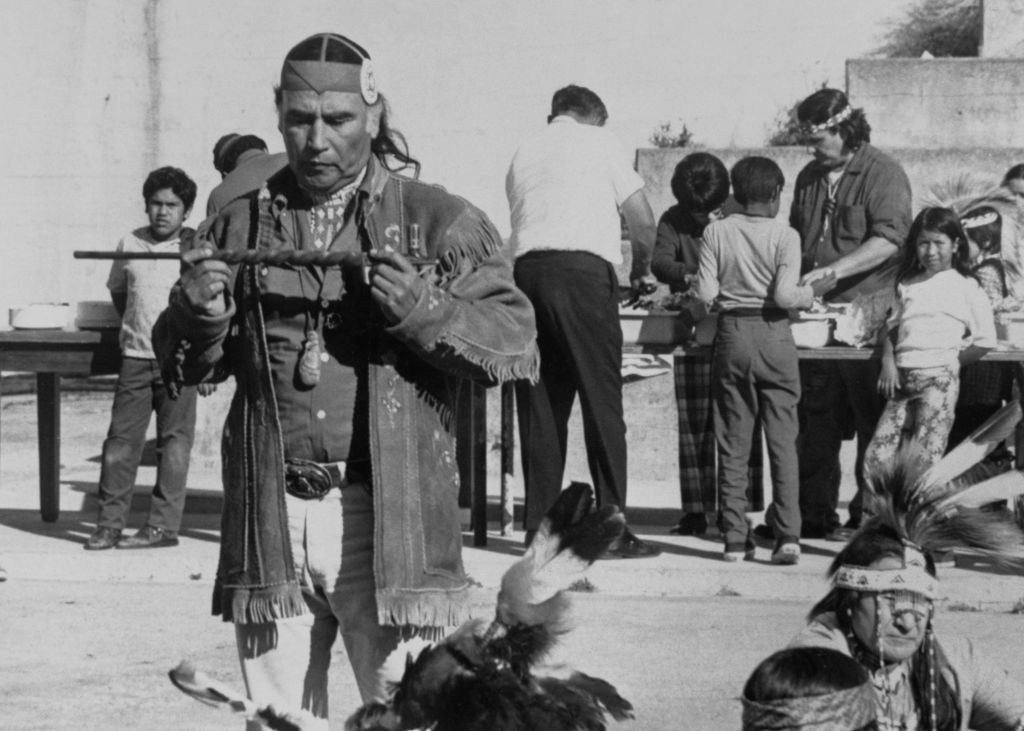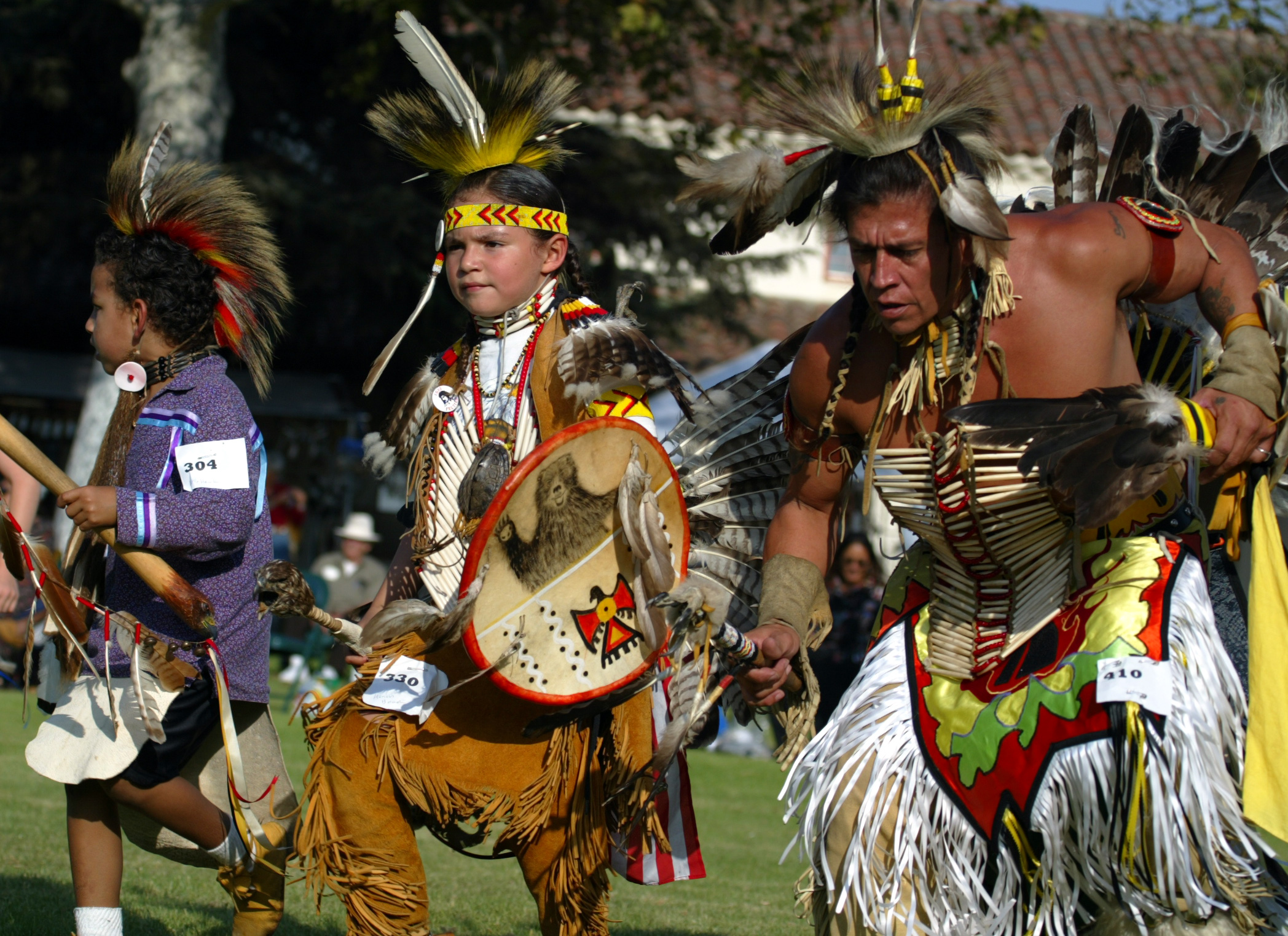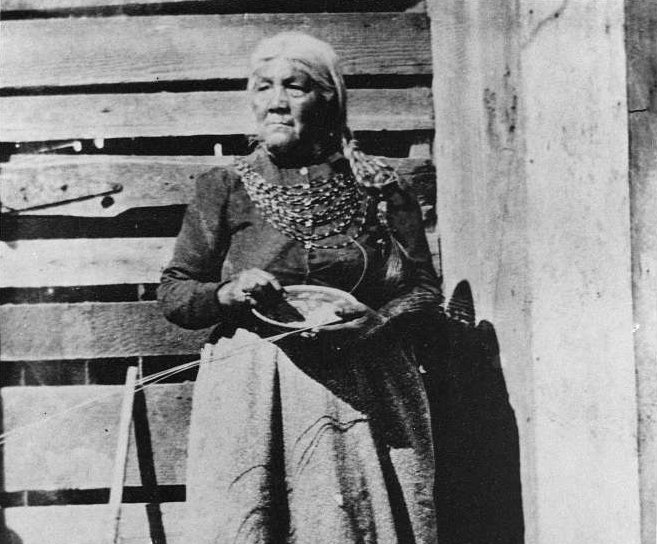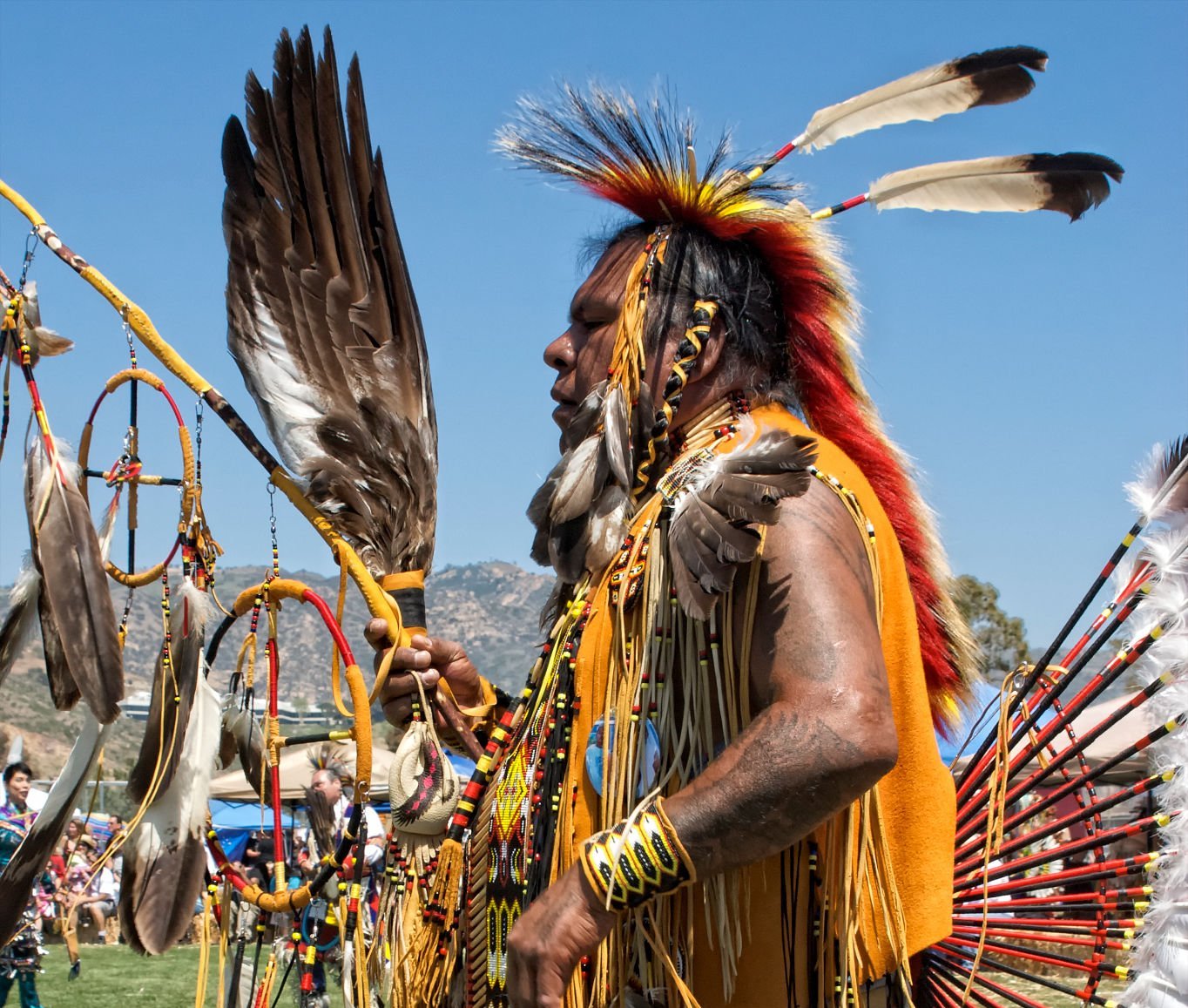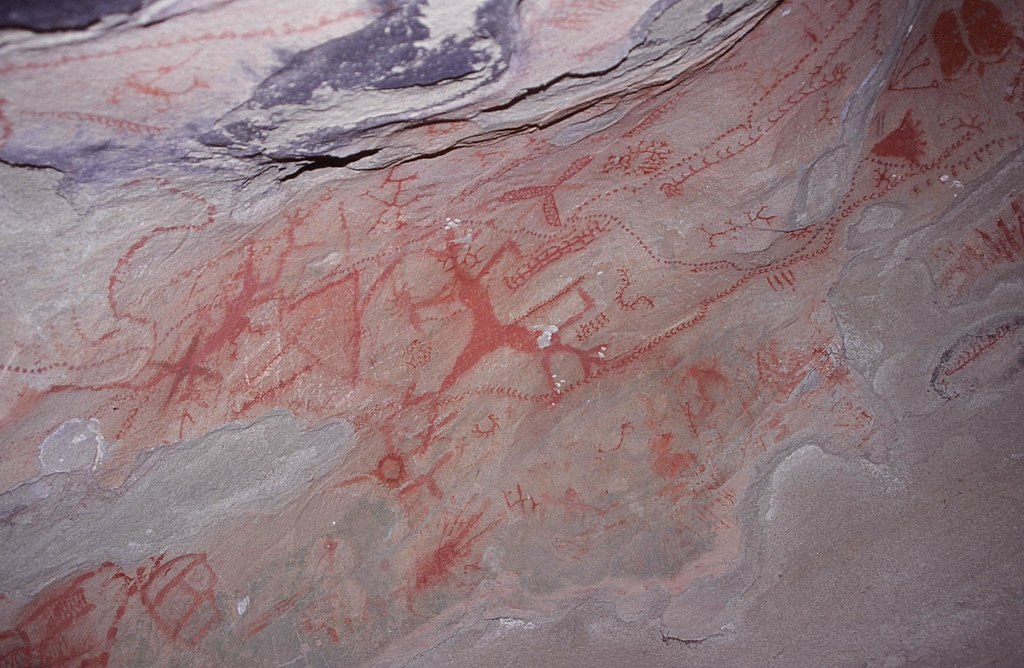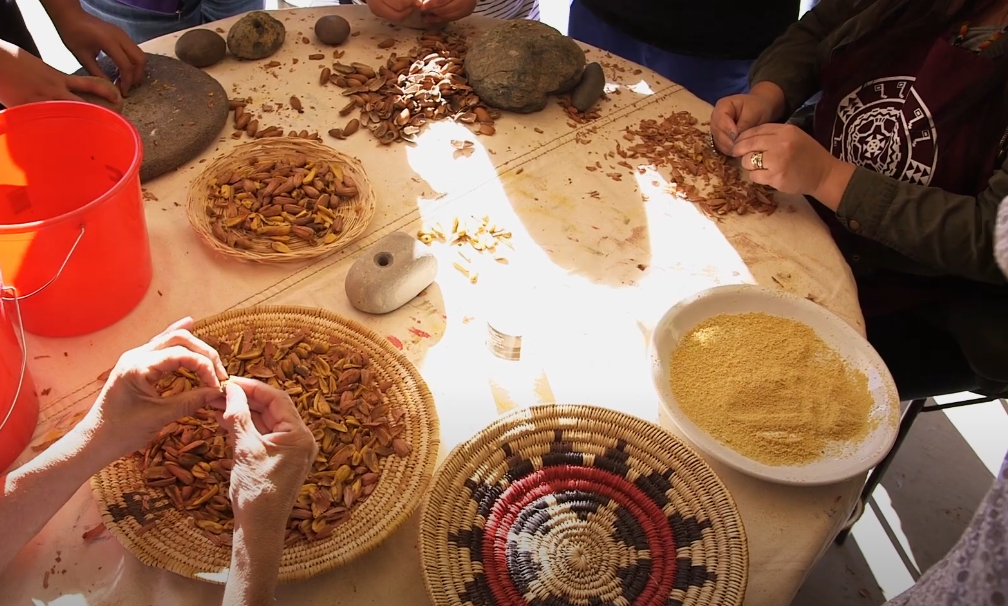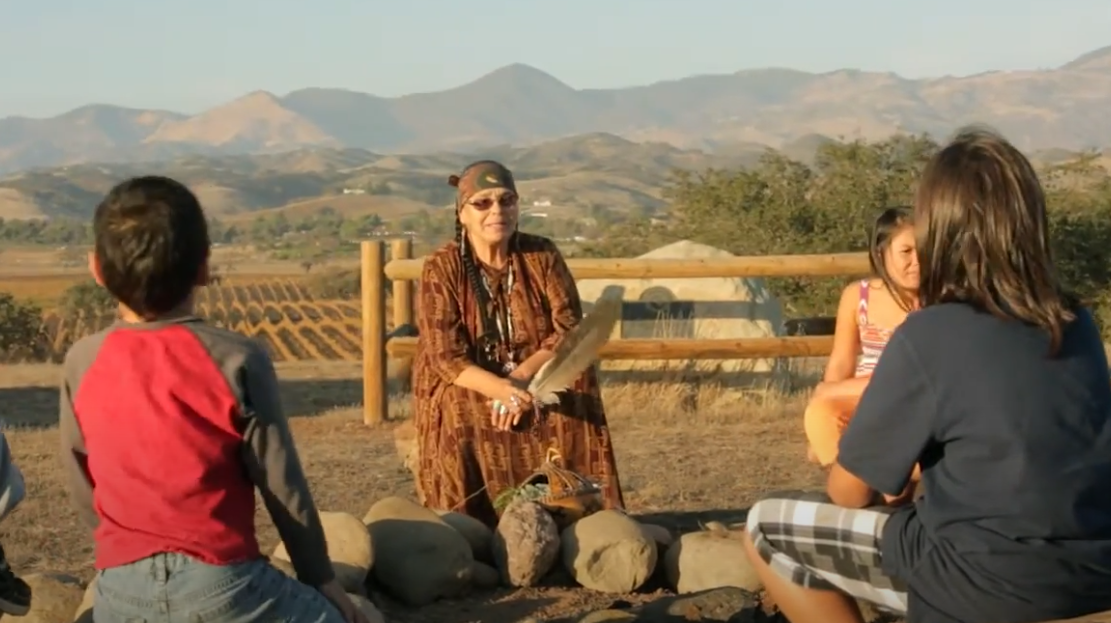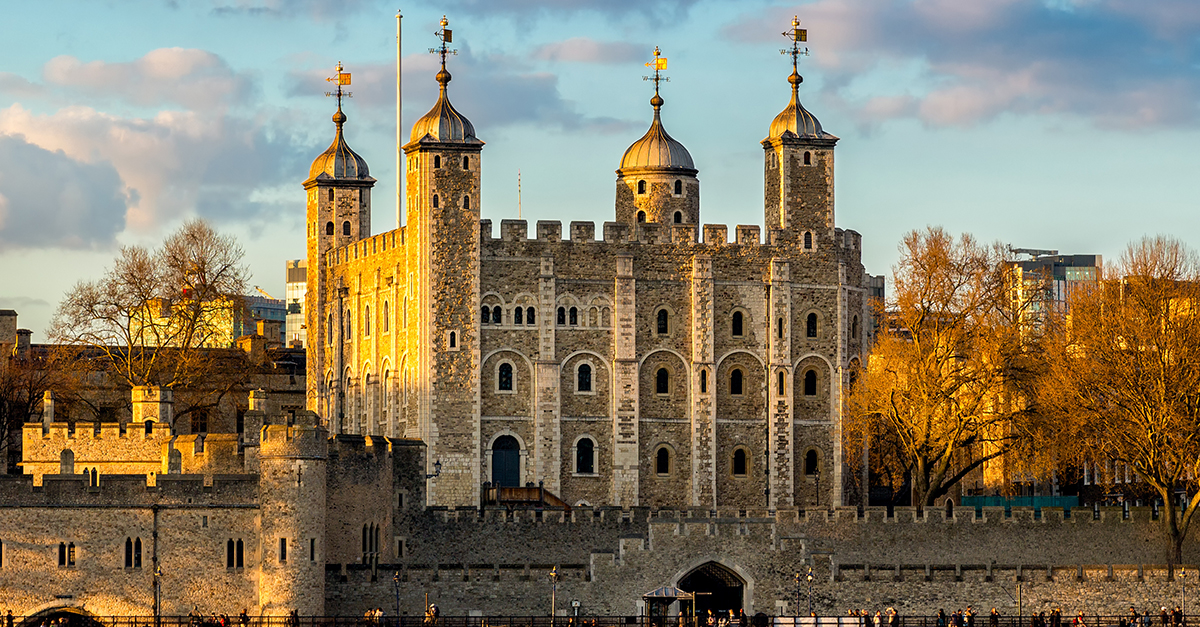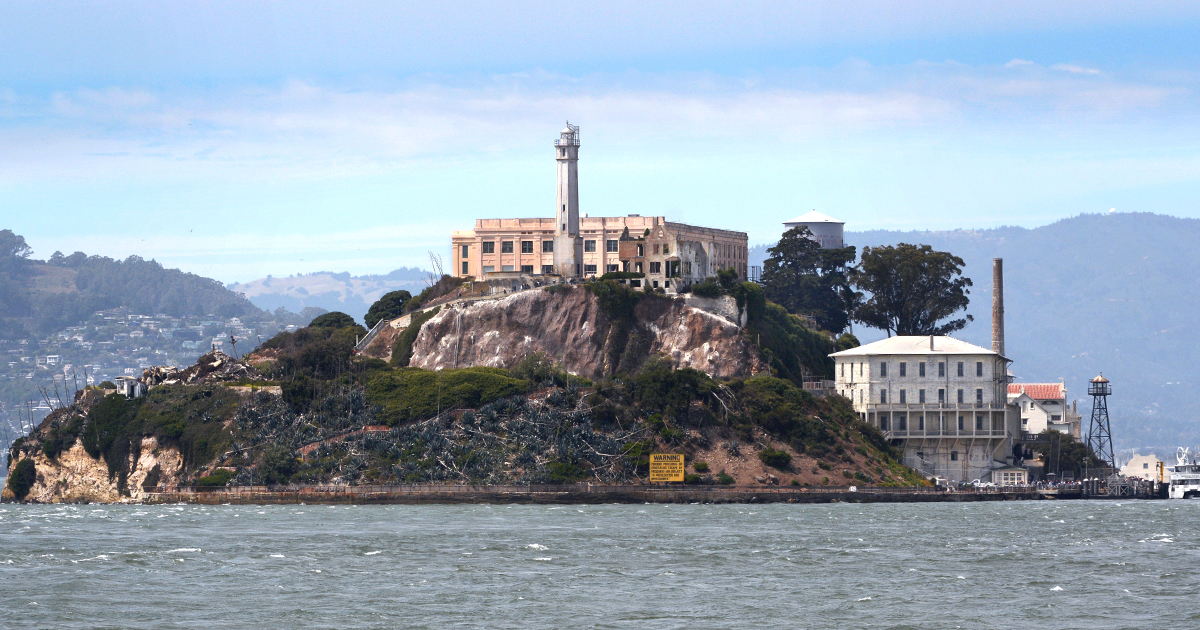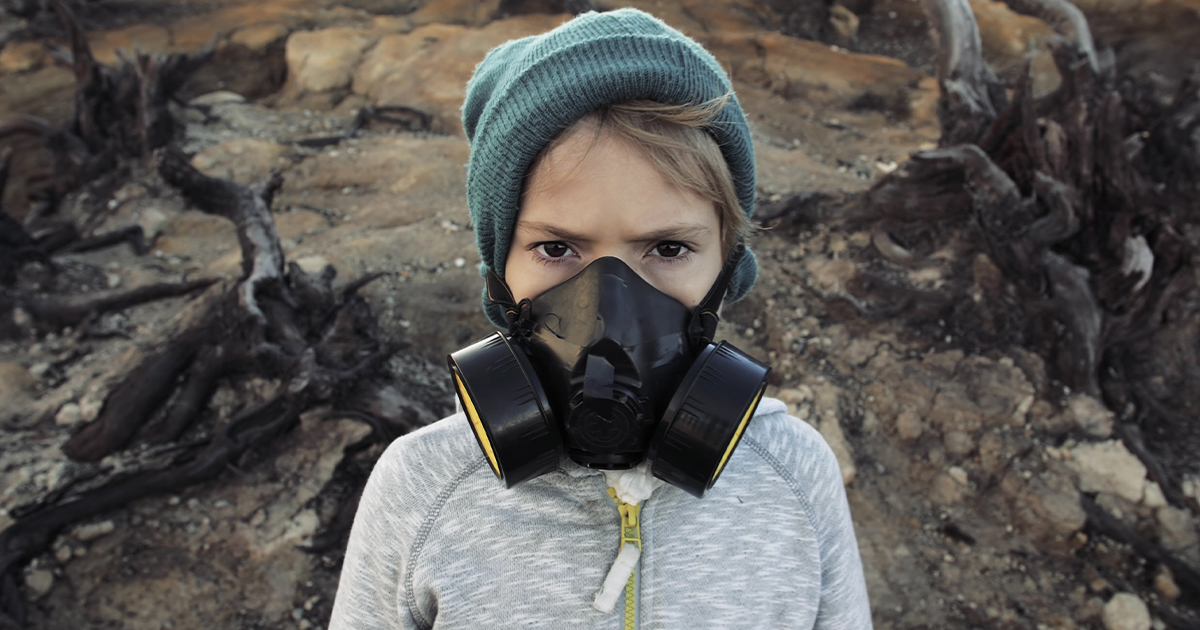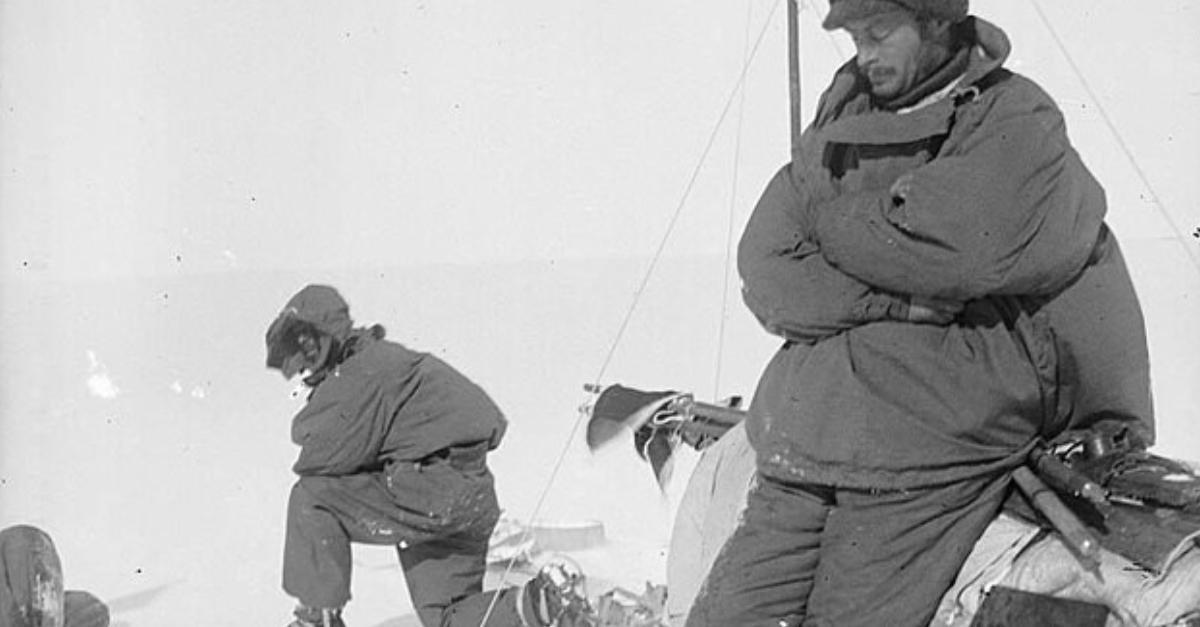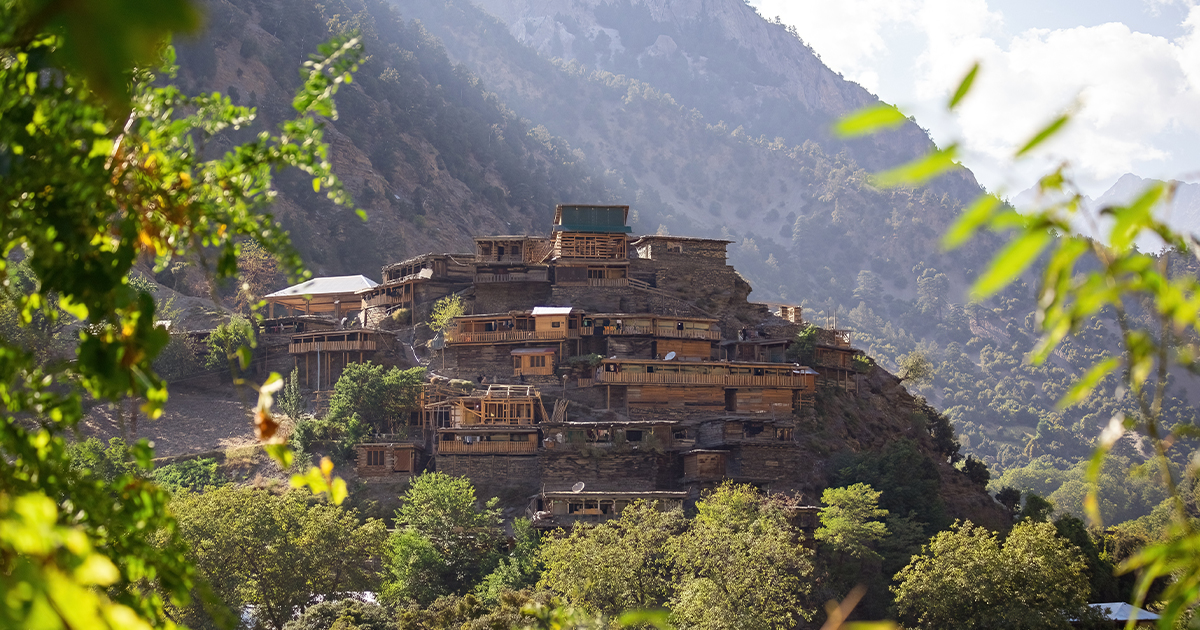The Untold Story Of The Chumash
The Chumash were once one of the largest Indigenous tribes in California but today, few people know about their story. Remnants of their history can be found painted on the walls of caves and in the names of tourist hotspots like Malibu and Ojai. And while the Chumash are one of few Californian tribes to make it into this day and age, getting here has been no easy journey.

Their Territory
The Chumash have lived along the coast of California for more than 13,000 years. Today, their territory is home to 5,000 Chumash people and comprises of three islands in the Santa Barbara Channel: Santa Cruz, Santa Rosa, and San Miguel.
Their Name
It was in those early days that the Chumash first started making beads from the shells of marine snails. These beads would give the tribe their name: “Chumash” means “bead maker” or “seashell people”. It’s also been said that early Chumash referred to themselves as “the first people”.
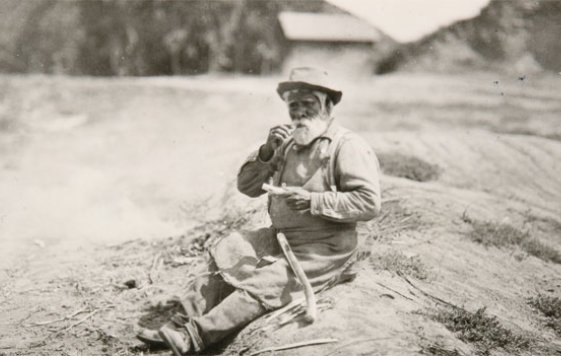 Gerald Cassidy, Wikimedia Commons
Gerald Cassidy, Wikimedia Commons
One With The Ocean
The Pacific Ocean is often said to be the first home of the Chumash. Their ancestors relied on fishing to survive and would catch fish by using line and pointed bones as hooks. They also used canoes to hunt marine animals like seals and sea otters.
They Were Unique
At the time of first contact in 1572, the Chumash were one of the few Indigenous peoples in the Americas who incorporated ocean navigation as part of their way of life. In some communities, they built plank canoes called “tomol” which could be used to transport goods or for whaling expeditions.
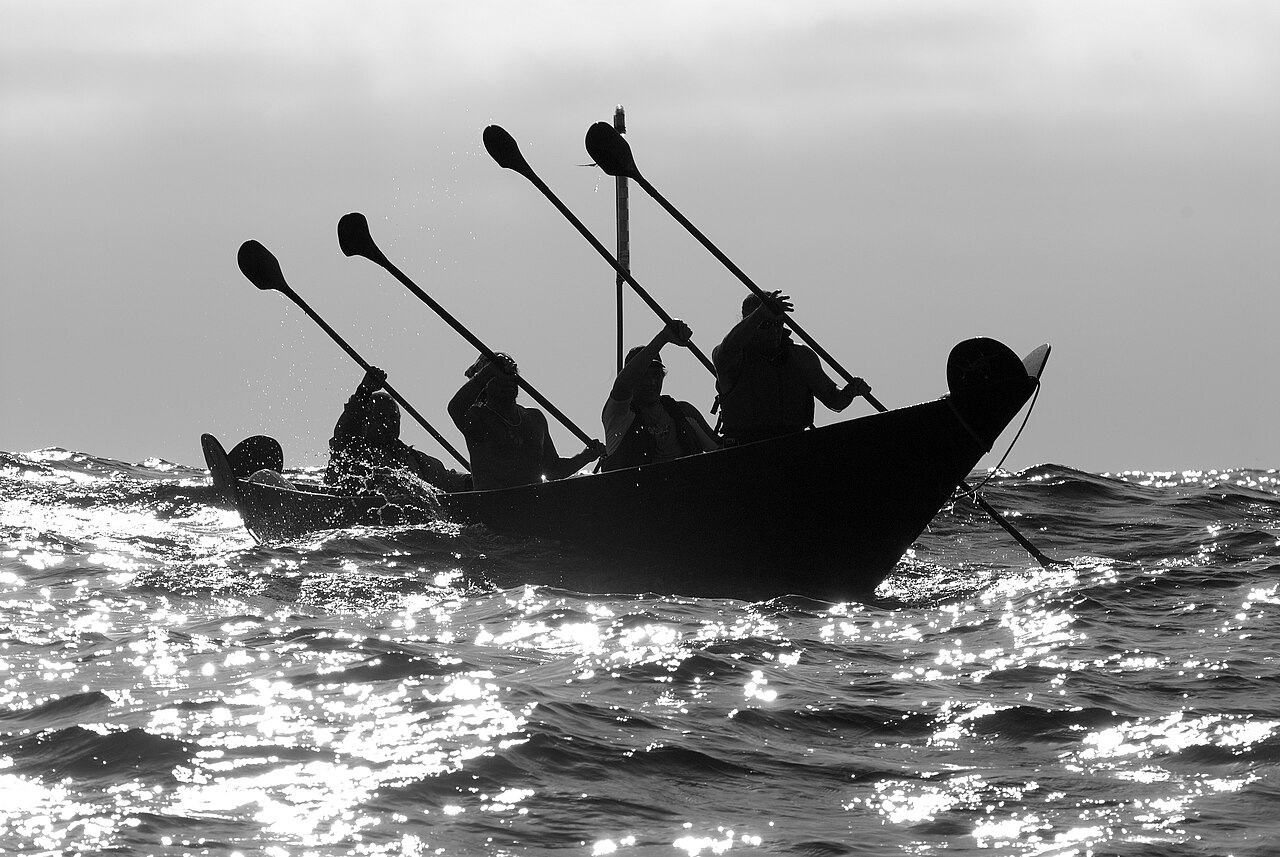 Robert Schwemmer, Wikimedia Commons
Robert Schwemmer, Wikimedia Commons
Deer Hunting
While seafood made up a lot of the Chumash diet, they also hunted deer. The Chumash hunters would dress as deer and pretend to graze next to a herd of the animals until they could get close enough to take a shot.
Acorns
Acorns were highly prized, mostly because they can be poisonous, so it took a long time to prepare them for eating. Once the acorns were edible, they could be ground up and added to soup or turned into a paste that could be stored for years.
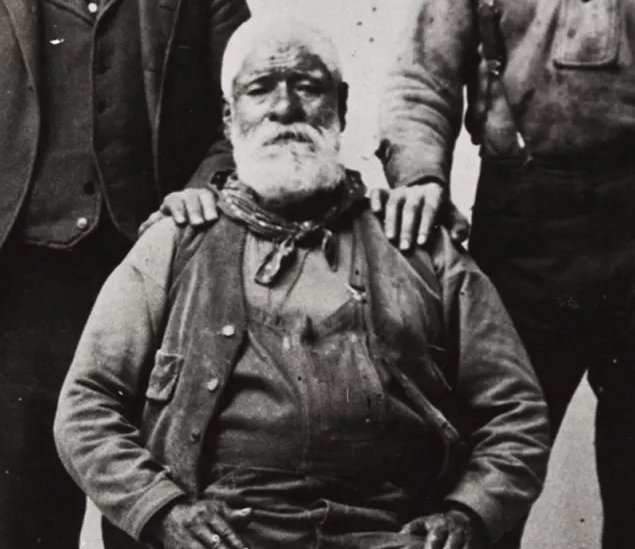 Unknown Author, Wikimedia Commons
Unknown Author, Wikimedia Commons
They Settled
With an abundance of food and weather that was nice year-round, the Chumash chose a sedentary lifestyle in villages, rather than live as nomads. Eventually a trade network was established between the three main groups: the coastal, inland, and mainland Chumash.
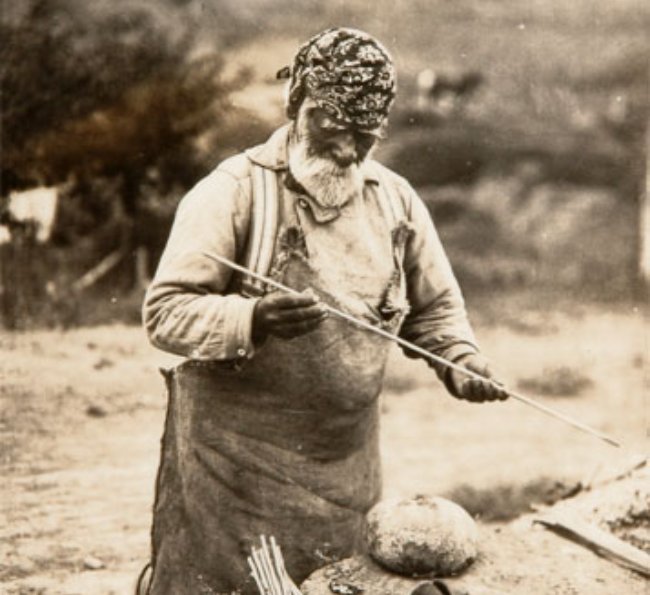 Gerald Cassidy, Wikimedia Commons
Gerald Cassidy, Wikimedia Commons
Chumash Beads
The Chumash used beads as a form of currency. Made from the shell of the Purple Olive marine snail, the beads were shaped like small disks. Beads made from the thick part of the shell (called a callus) were worth twice as much as beads from the wall of the shell.
Strands of beads were valued according to their length, which was measured by how many times the string could wrap around a person’s hand.
 Unknown Artist, Wikimedia Commons
Unknown Artist, Wikimedia Commons
Chumash Basketry
The Chumash are famous for their basketry skills. They used hand-woven baskets in all aspects of life, from storing things to carrying food and water. The Chumash were also known for their stone cookware.
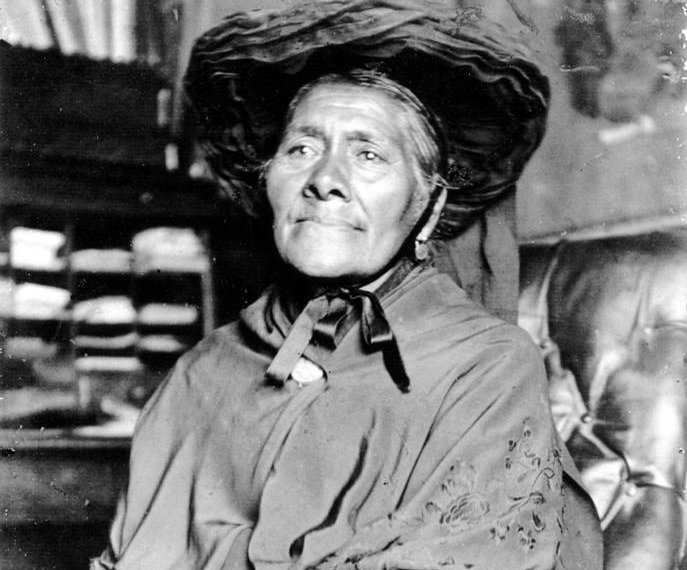 San Fernando Valley History Library, Wikimedia Commons
San Fernando Valley History Library, Wikimedia Commons
Chumash Basketry (cont’d)
The Chumash had two ways of making their baskets, either twined or coiled. Coiled baskets are most popular and can form trays and bowls of all shapes and sizes. Twined baskets were used for things like fish traps, sieves, cradles, and water containers.
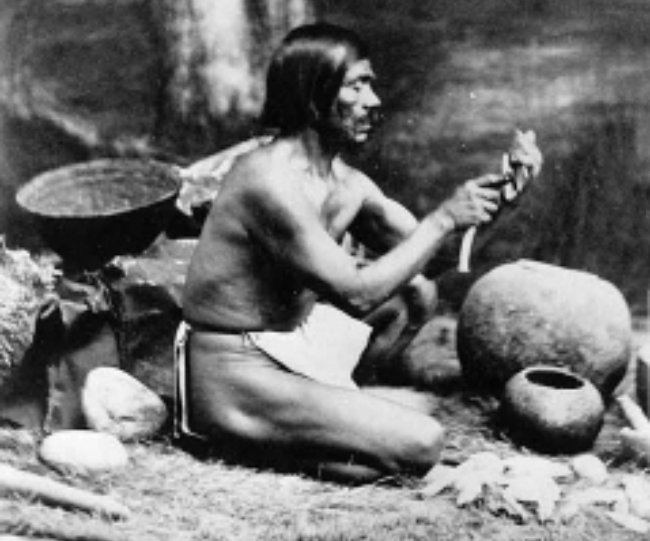 Leon de Cessac, Wikimedia Commons
Leon de Cessac, Wikimedia Commons
Chumash Villages
Chumash villages ranged in size, with some being very small and others being as large as a modern town. Each village had a playground, which was basically a smooth level area where people could play outdoor games like kick ball. It was common for people to bet on the outcome of these games.
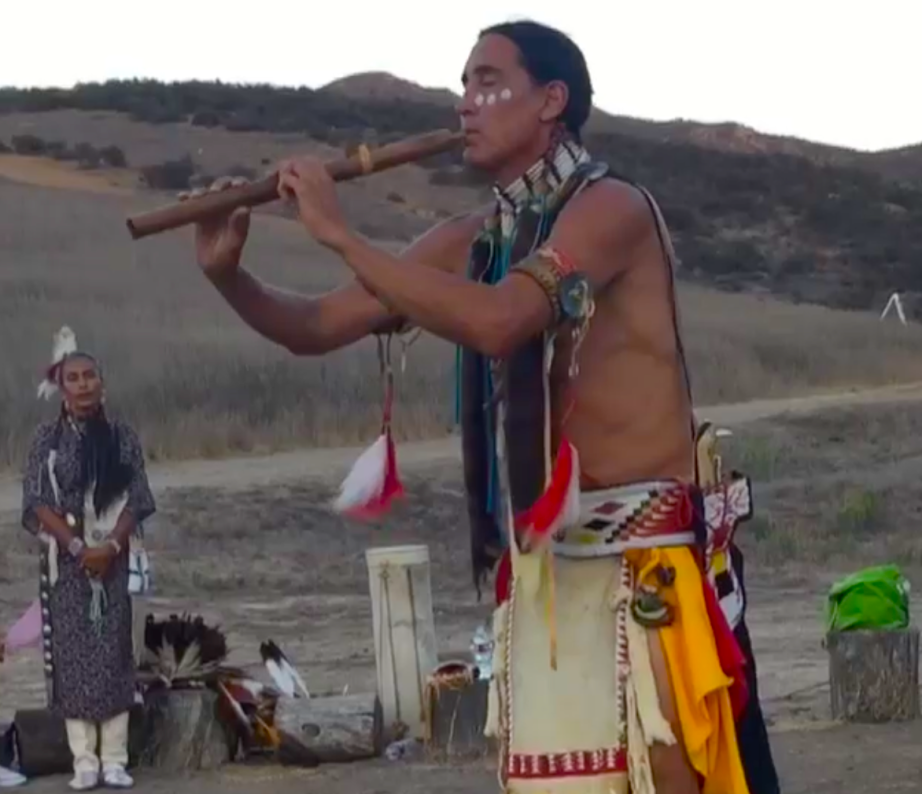 TOLocal, CC BY-SA 4.0, Wikimedia Commons
TOLocal, CC BY-SA 4.0, Wikimedia Commons
Chumash Chiefs
Chumash villages were led by chiefs. Chiefs were usually men, but women could also take on the mantle. In addition to overseeing matters of governance, chiefs were responsible for distributing beads and other goods among the community.
Chumash Shamans
Chumash shamans were seen as intermediaries between the human and spirit worlds. This gave them the power to entreat spirits for aid, like bringing rain during droughts. Shamans also passed on traditional knowledge with storytelling and songs. Both men and women were eligible to become shamans.
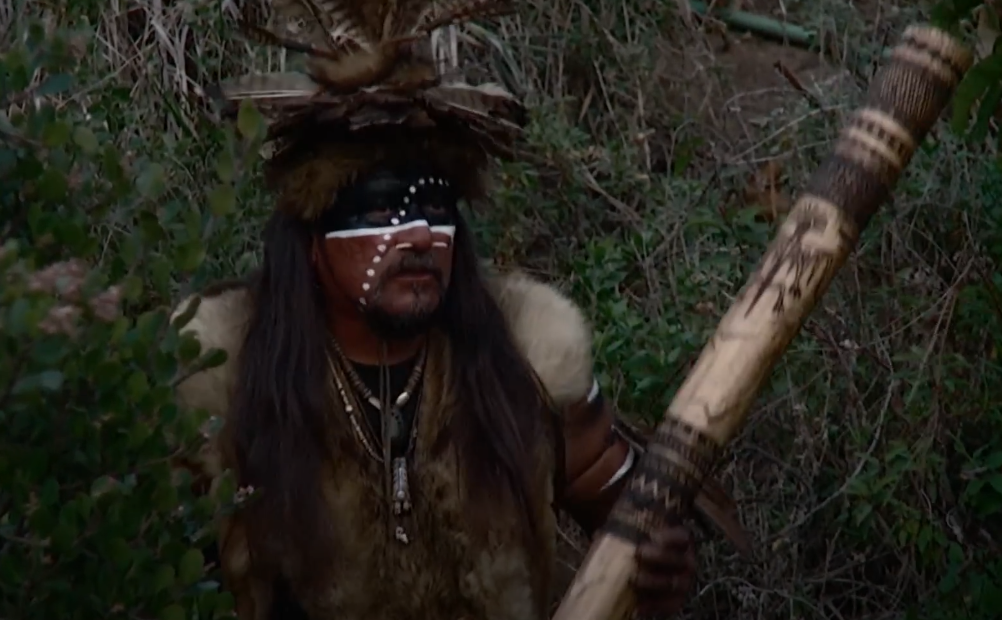 Health Beauty Life, Wishtoyo Chumash Village of Malibu
Health Beauty Life, Wishtoyo Chumash Village of Malibu
Chumash Shamans (cont’d)
In addition to their spiritual powers, Chumash shamans also had a deep knowledge of herbal medicines, and acted as doctors. They used many different kinds of plants in their remedies, including willow bark to soothe sore throats, elder flowers to cure colds, and poison oak to treat wounds.
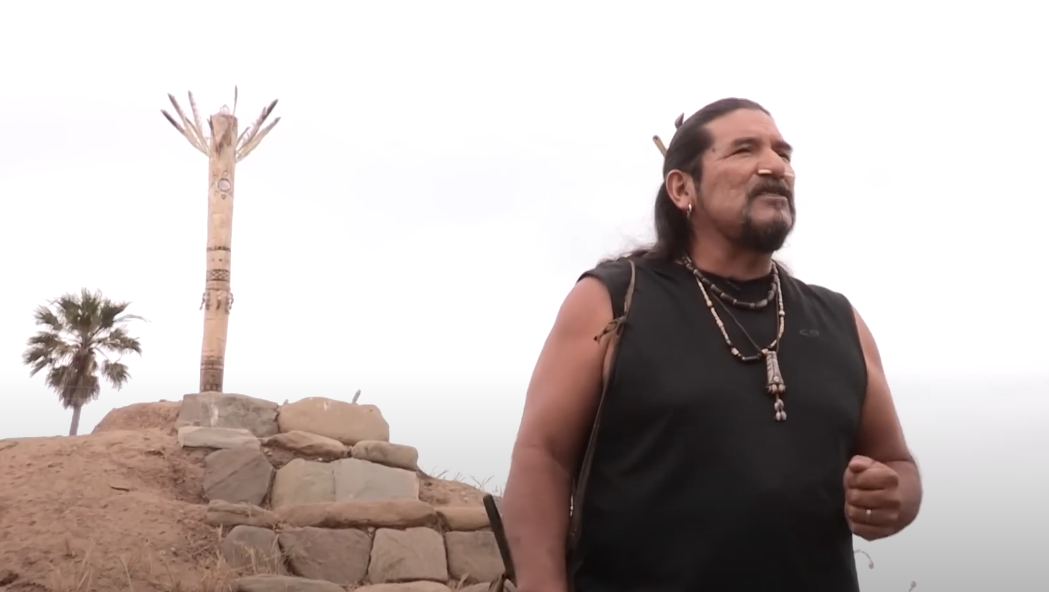 Health Beauty Life, Wishtoyo Chumash Village of Malibu
Health Beauty Life, Wishtoyo Chumash Village of Malibu
Chumash Rock Art
Past generations of Chumash people left behind glimpses into their lives in the form of rock art. Their colorful petroglyphs adorn the walls of caves and cliffs, depicting images of humans, animals, and abstract patterns. Curious travelers can see this art for themselves at Chumash Painted Cave Historic Park.
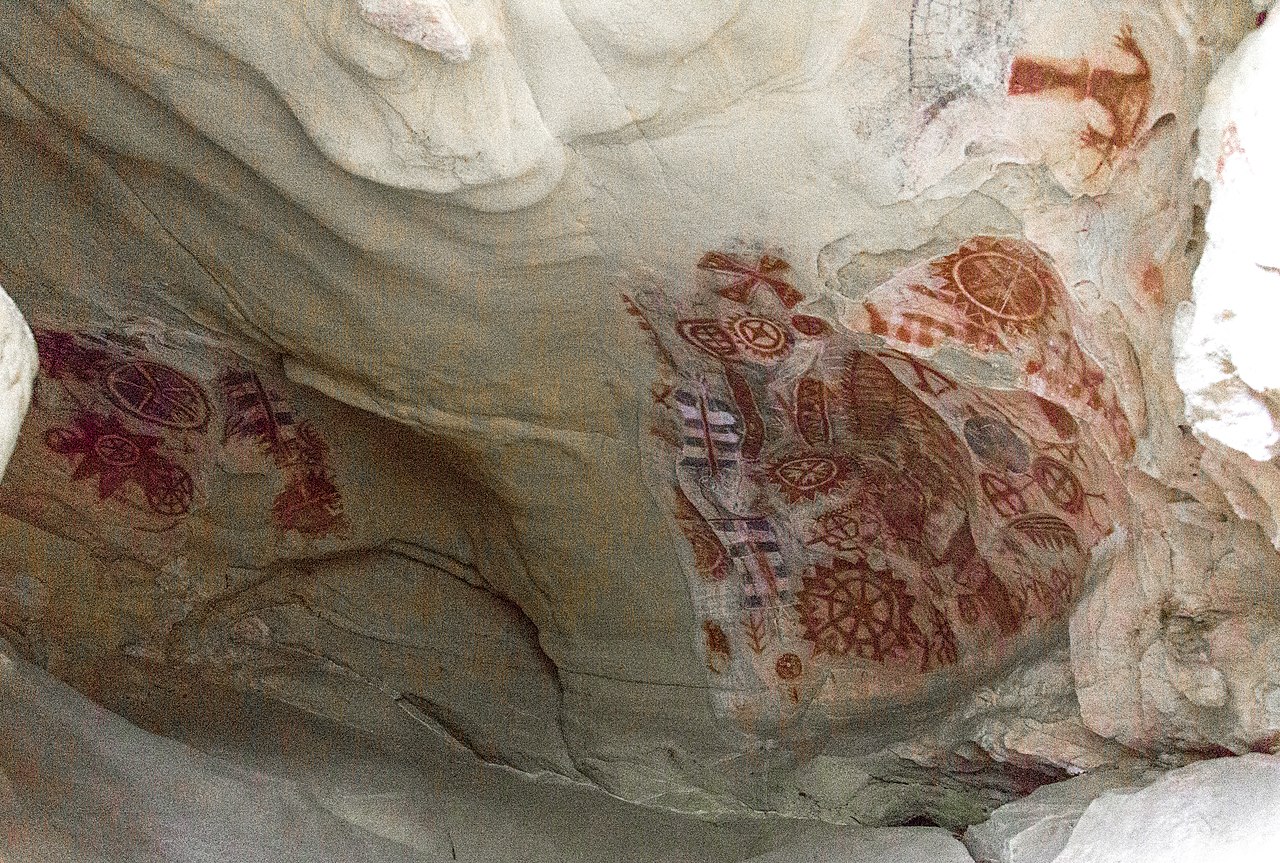 Doc Searls, CC BY 2.0, Wikimedia Commons
Doc Searls, CC BY 2.0, Wikimedia Commons
The Scorpion Tree
The scorpion tree is a significant feature in Chumash culture. Many years ago, Chumash shamans carved the image of a six-legged creature wearing a headdress made of a crown and two spheres into the trunk of an oak tree. It is believed that the carving was used to observe the stars and calibrate the Chumash calendar.
 Jerónimo Roure Pérez, CC BY-SA 4.0, Wikimedia Commons
Jerónimo Roure Pérez, CC BY-SA 4.0, Wikimedia Commons
Their Houses
Chumash houses were dome-shaped structures called ‘ap. They were made by sticking willow poles into the ground, in a circle, and then bending the poles at the top. Smaller branches were then threaded crosswise to finish off the frame.
Their Houses (cont’d)
The homes were covered with bulrushes or cattails that were layered from the bottom up. The overlapping rows of vegetation acted like roof shingles, which kept rain out of the homes. A hole was left open at the top of the house to let in air or let campfire smoke out.
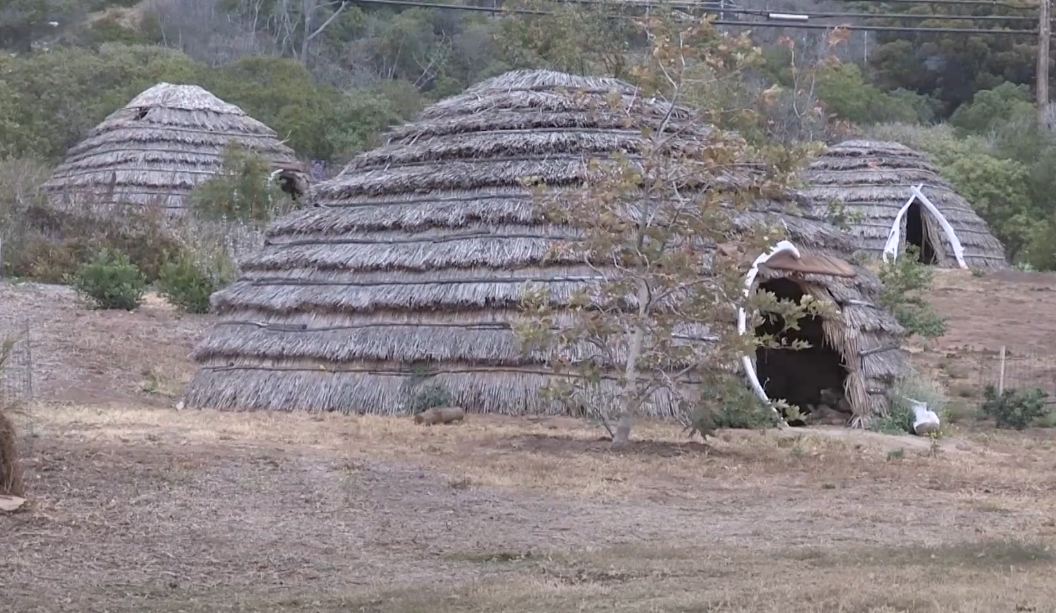 Health Beauty Life, Wishtoyo Chumash Village of Malibu
Health Beauty Life, Wishtoyo Chumash Village of Malibu
Their Houses (cont’d)
Chumash houses could be anywhere from 12 to 20 feet in diameter. The chief’s house was bigger, up to 35 feet in diameter.
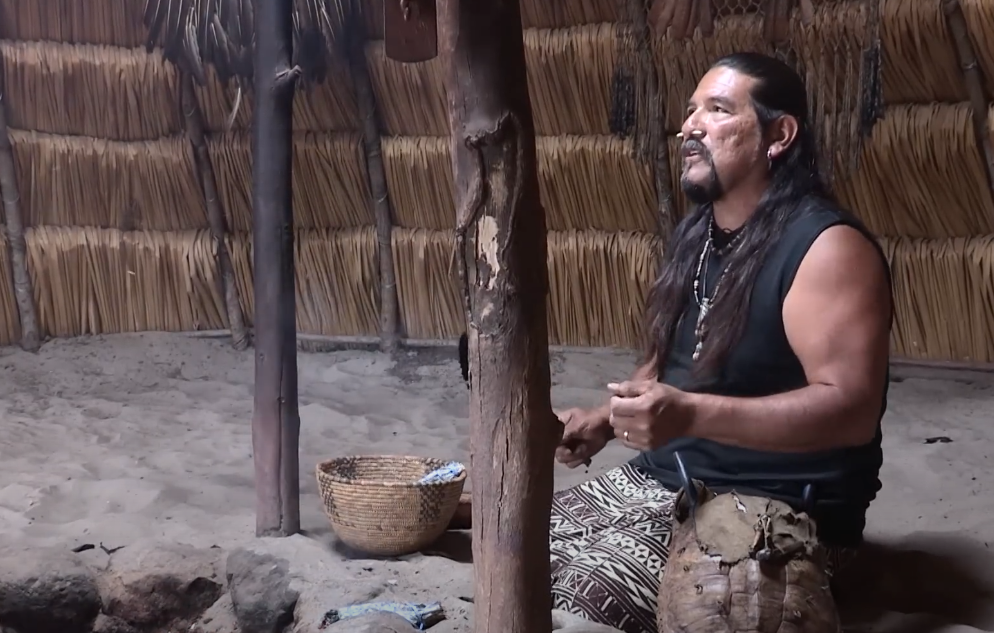 Health Beauty Life, Wishtoyo Chumash Village of Malibu
Health Beauty Life, Wishtoyo Chumash Village of Malibu
The Sweathouse
Every Chumash village had a sweathouse, which was called an ‘apa'yik. Part of the sweathouse was underground, and people entered the building via a ladder that came down from the roof. The sweathouses were mostly used by men.
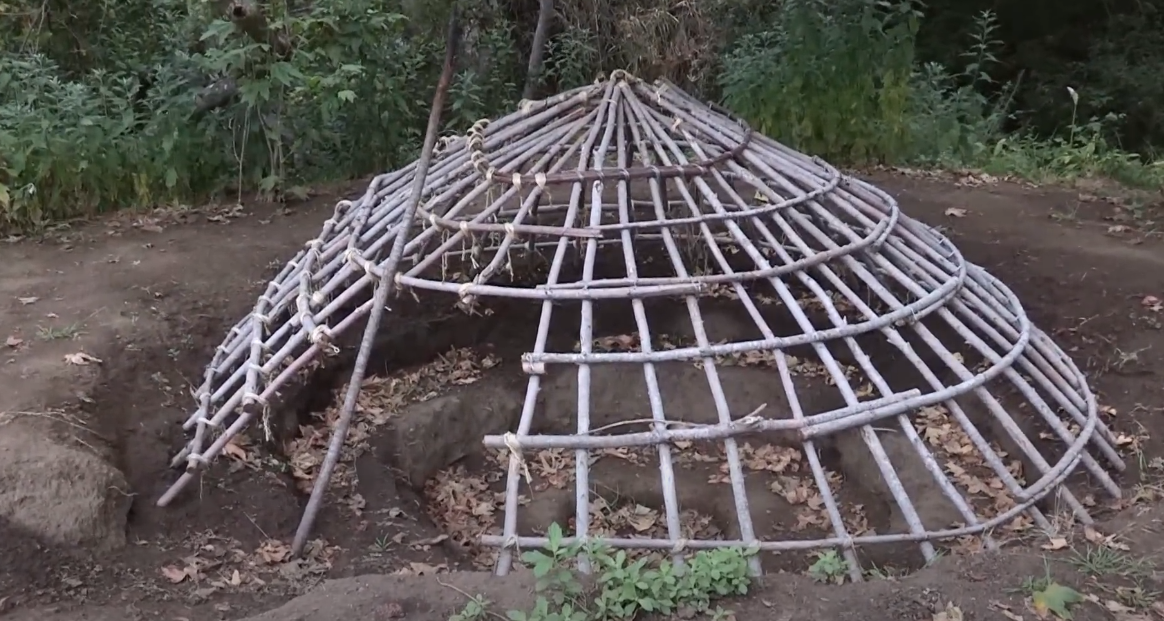 Health Beauty Life, Wishtoyo Chumash Village of Malibu
Health Beauty Life, Wishtoyo Chumash Village of Malibu
The Sweathouse (cont’d)
Inside the sweathouse, a fire was used to warm up stones which then kept the things nice and warm inside. People would often spend quite a while in the sweathouse before going outside and jumping into cool water, like a creek.
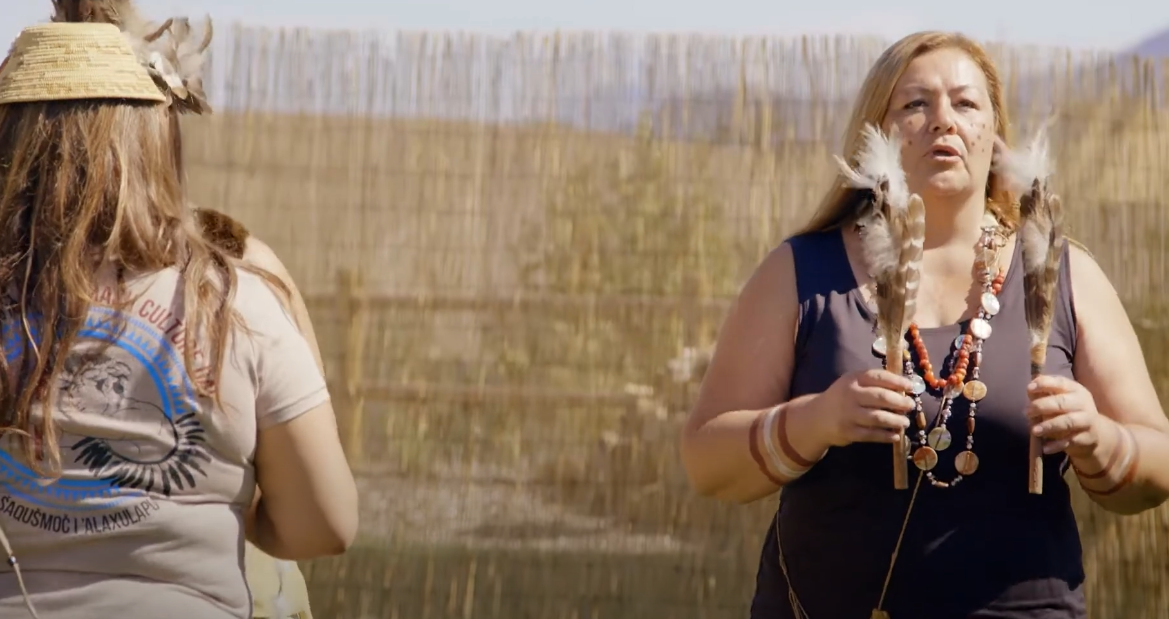 Chumash Life, Chumash Culture Day
Chumash Life, Chumash Culture Day
The Sweathouse (cont’d)
Herbs could be burned in the sweathouse for purification or medicinal benefits. Before a hunt, it was customary for hunters to go to the sweathouse, where the smoke from the herbs would engulf them and cover their scent from their prey.
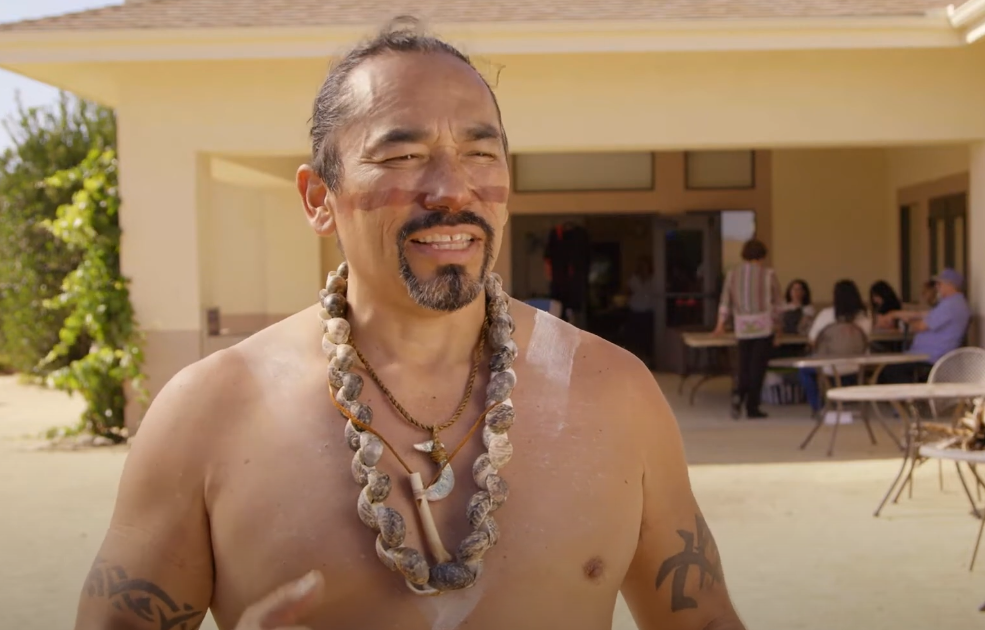 Chumash Life, Chumash Culture Day
Chumash Life, Chumash Culture Day
What Did They Wear?
Because the weather was so warm in California, the Chumash didn’t wear a lot of clothes. Women wore a two-piece skirt made out of deer skin or plant fiber. The skirt was about knee-length and had a narrow apron in the front, connected to a wider piece that went around the back.
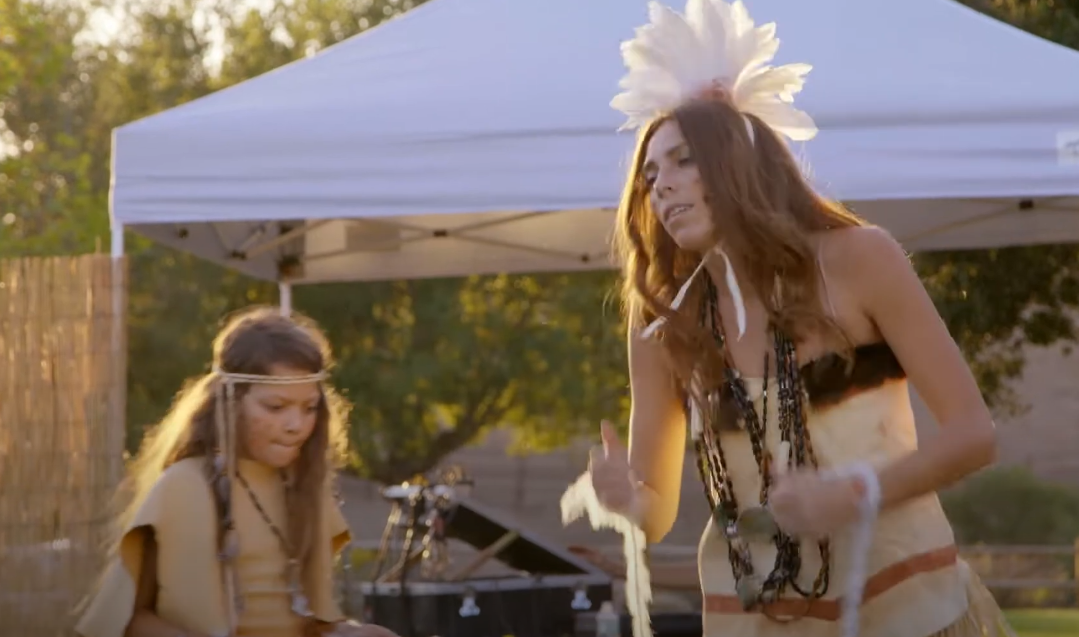 Chumash Life, Chumash Culture Day
Chumash Life, Chumash Culture Day
What Did They Wear? (cont’d)
Chumash men usually didn’t wear any clothes. If they were hunting or working, they might wear a belt or tie a small net around their waist for carrying their tools. On colder days, the Chumash sometimes wore capes made of animal hides. To show their status, the chief usually wore a waist-length bearskin cape.
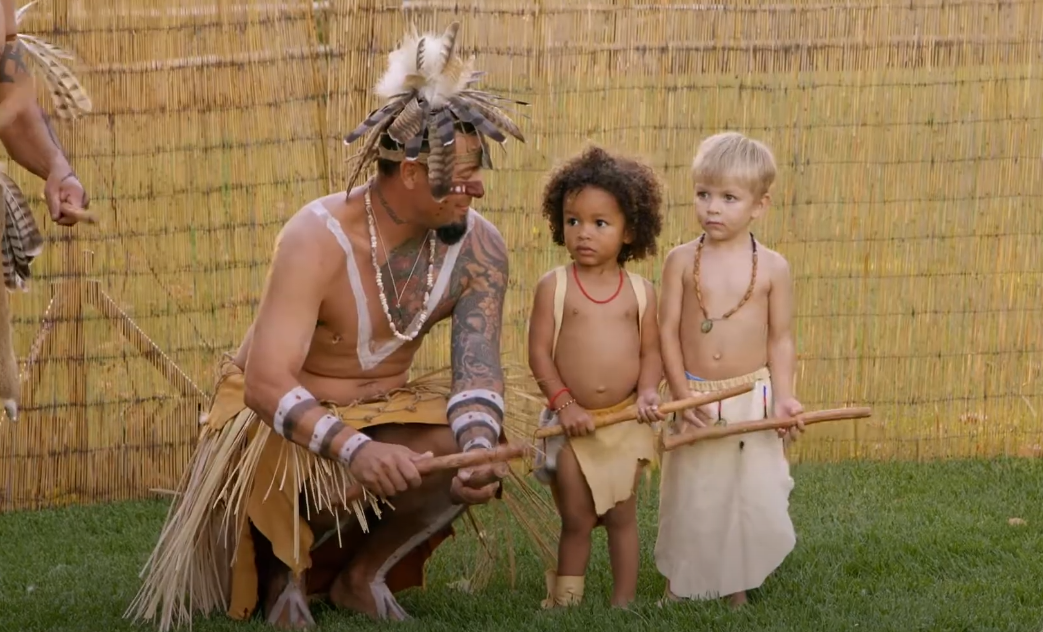 Chumash Life, Chumash Culture Day
Chumash Life, Chumash Culture Day
The Third Gender
While Chumash did adhere to certain gender roles, such as men doing the hunting and women being primarily responsible for childcare, the Chumash were unique in that they recognized a third gender called ‘Aqi. ‘Aqi were biological men who wore traditional women’s clothes and performed domestic work rather than go on hunts.
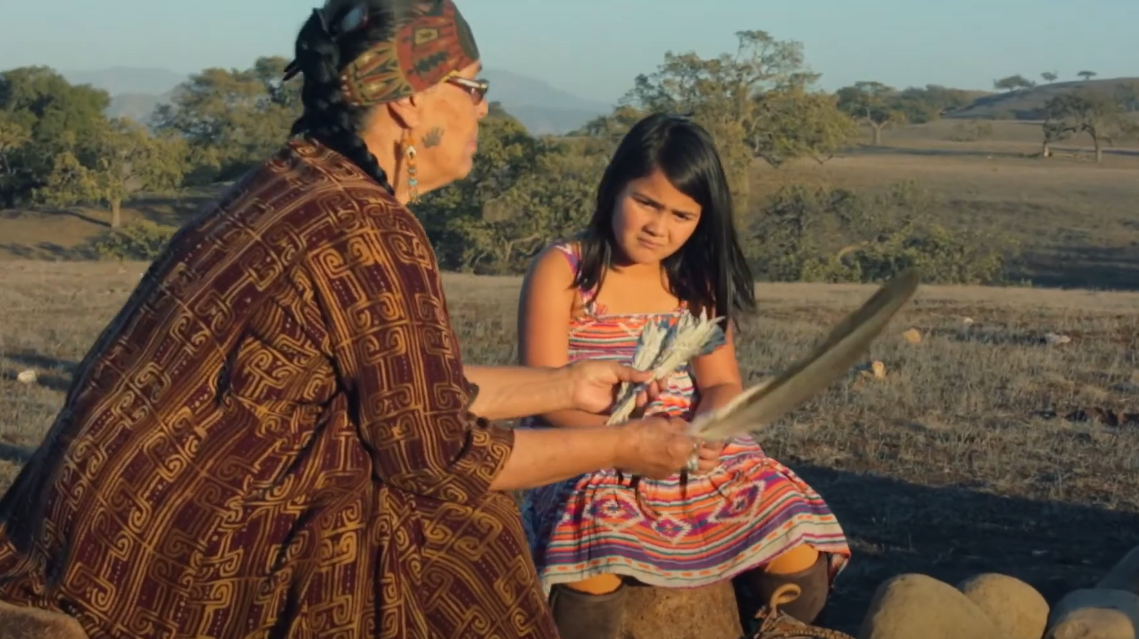 Chumash Life, A Museum in the Works
Chumash Life, A Museum in the Works
The Spanish Arrive
The Chumash saw their way of life under threat when Spanish colonizers began establishing settlements in California. In 1769, an expedition led by Gaspar de Portola arrived in the Santa Barbara Channel and promptly built five Spanish missions in Chumash territory. Many Chumash moved from their villages into the missions.
Mass Casualties
Missions weren’t the only things the Spanish brought to the Chumash—they also introduced new diseases, and the Chumash found their people falling to these new illnesses at unprecedented rates. But it was the California Genocide that truly decimated Chumash communities.
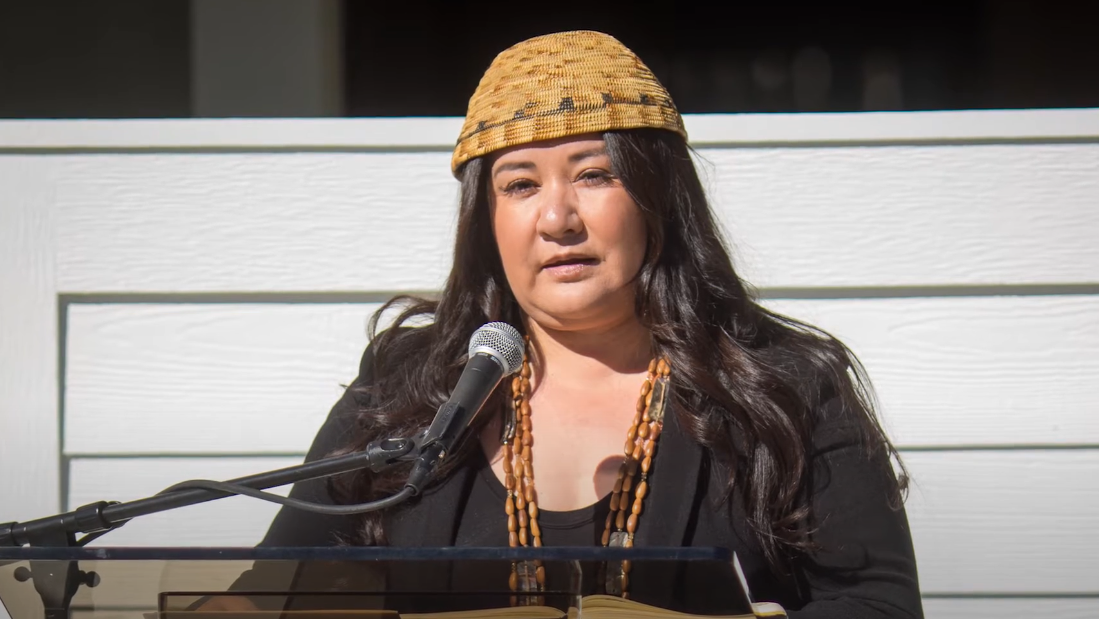 Chumash Life, Power To The Women
Chumash Life, Power To The Women
Mass Casualties (cont’d)
By 1846, the United States government had taken control of California. What followed was time horror for the natives of the land. The California Genocide lasted from 1846 to 1873 and saw thousands of Indigenous people in California meet brutal ends at the hands of US Government agents and settlers. By 1900, the Chumash were on the brink of extinction, with a population of just 200 people.
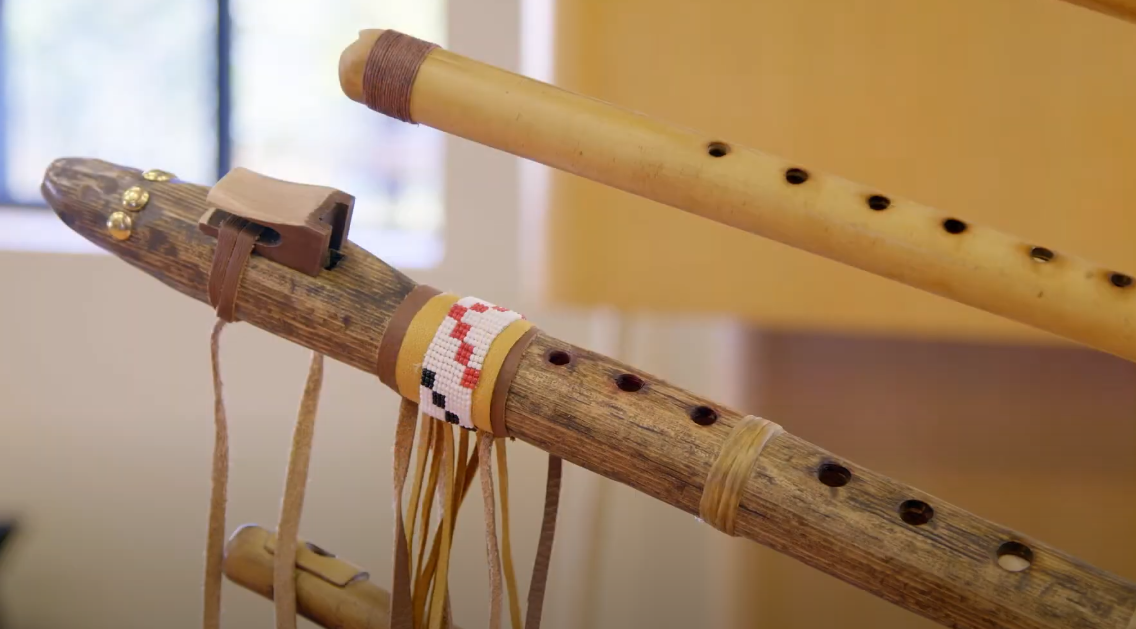 Chumash Life, Chumash Culture Day
Chumash Life, Chumash Culture Day
Still Here
Through the hard work and determination of their ancestors, the Chumash are still a thriving Indigenous community. While many live in the towns along the Santa Barbara Channel, The Santa Ynez Band of Chumash is the only federally recognized Chumash tribe in America. Their reservation in the Santa Ynez Valley is home to many families, the Chumash tribal government and the highly rated Chumash Casino Resort.
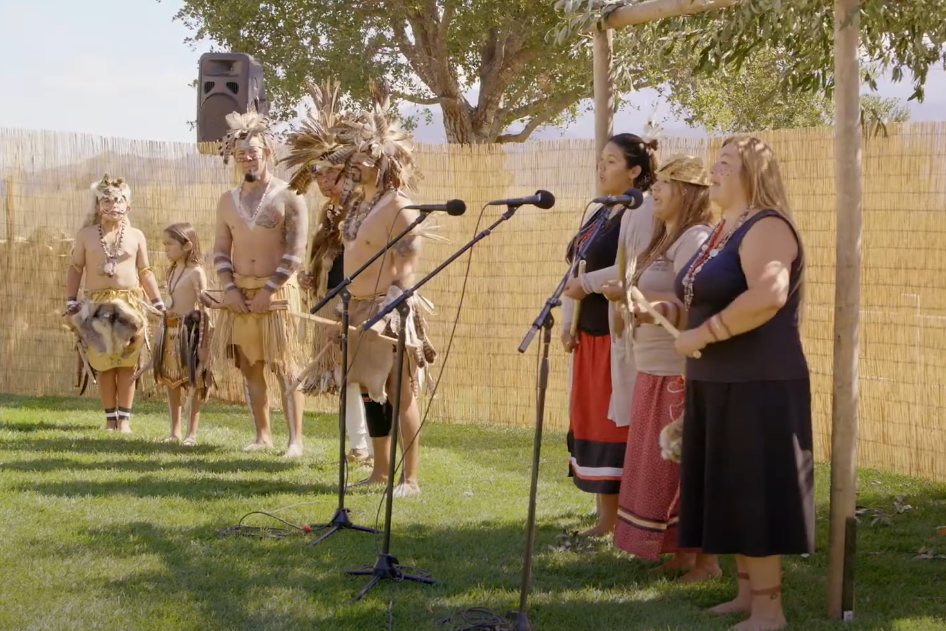 Chumash Life, Chumash Culture Day
Chumash Life, Chumash Culture Day
The Living Legacy Of The Chumash
The modern era has seen a revitalization of Chumash culture. The Santa Ynez Chumash offer many programs for community members and curious visitors, ensuring the continuation of Chumash culture and traditions for years to come.


